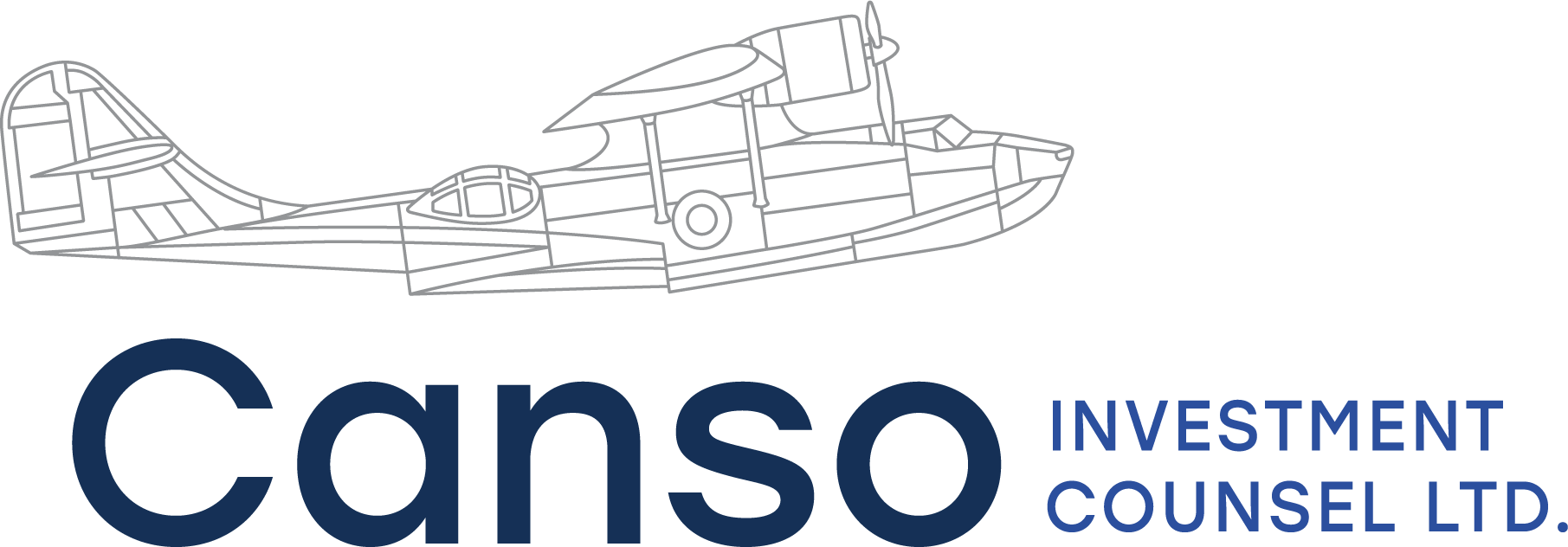Fixed income must read: Highlights from Canso’s Corporate Bond Newsletter

Article content
With U.S. and Canadian central banks on a clear path towards tightening rates, what’s the outlook for bond yields? Will the rough ride for corporate bonds continue? And is the honeymoon over for high-yield bonds and leveraged loans? In their February Corporate Bond Newsletter, leading Canadian institutional investment management firm Canso Investment Counsel Ltd. addressed those questions and shared their perspective on bond markets in early 2022.
To read the full report, please click here.
Long bond yields: higher for longer?
The U.S. Federal Reserve seems certain to hike its benchmark rate in March and to unwind its quantitative-easing-laden balance sheet not long after, while the Bank of Canada looks to be on a similar tightening path. “Now the journey to higher rates begins,” notes the Canso team. Rates are already rising across the yield curve, and investors shouldn’t expect longer-term bond yields to move down by much anytime soon, Canso concludes. “History shows once tightening cycles begin, the largest moves occur in the shorter end of the curve with the most modest moves in the long end,” they wrote.
Canso also thinks that there are good reasons for yields to go even higher: above-trend inflation; real (after-inflation) long-term rates that will still be near-zero even if inflation moderates to the two-per-cent target; hefty government deficit spending, and investor hesitancy to invest in long-term bonds when rates are rising. Against those catalysts, however, some factors might help push long rates down. Central banks might overshoot by raising rates too quickly and by too much; bond yields have already moved higher; pension plans and insurance companies will still need long-term fixed income assets to invest in. Yet the Canso team thinks that “it takes a strong stomach to bet the market has ‘priced in’ central bank tightening” in the current environment.
The dangerous reach for yield
Compared to other fixed income asset classes, high-yield bonds enjoyed a stellar 2021. The Canso team, however, believes the junk party might be ending. High-yield bonds got off to a rocky start in January, and Canso concluded that “current valuations offer limited upside relative to the credit risk assumed.” They also noted that 2021’s corporate default rate was the second lowest on record – and “years of elevated defaults often follow periods of market euphoria,” they wrote. “Low default rates often lead to reckless risk taking by investors.”
The Canso team sees similar potential for trouble in the leveraged loan market. Investors’ desire to hedge rising rates, combined with a thirst for higher yields, created surging capital inflows into leveraged loans – commercial loans typically issued to companies with weak credit. Canso recommends caution, noting that leveraged loan issuers “represent the most speculative elements in the credit markets and carry non-investment-grade ratings.” They note that contractual protections for lenders have weakened in recent years and non-investment-grade corporate defaults seem poised to rise. If that happens, the relative illiquidity of the leveraged loan segment could come back to bite investors. The “liquidity mismatch for funds offering investors daily liquidity,” Canso wrote, “can be acute in periods of market distress.”
Quality endures
In 2021, the ICE BofA Canada Investment Grade Corporate bond index recorded its worst calendar-year performance since the index’s inception 25 years ago, and it would have been worse if not for an Omicron-inspired long government bond rally to cap off the year, the newsletter notes. So far in 2022, the declines have continued, and Canso expects movements in underlying government bond yields to be the key driver of investment-grade corporate bond returns this year. However, the team also expects that still-relatively loose monetary policies, high fiscal spending and resurgent consumer demand will support better corporate cash flows this year, and credit quality should improve even with higher rates and lower fiscal stimulus. As a result, “we are migrating portfolios to higher credit quality,” Canso wrote. “We are happy to be conservatively positioned – higher in credit quality, shorter in duration – while we wait for the next opportunity.”
To read the full report, please click here.
The views and information expressed in this publication are for informational purposes only. Information in this publication is not intended to constitute legal, tax, securities or investment advice and is made available on an “as is” basis. Information in this presentation is subject to change without notice and Canso Investment Counsel Ltd. does not assume any duty to update any information herein. Certain information in this publication has been derived or obtained from sources believed to be trustworthy and/or reliable. Canso Investment Counsel Ltd. does not assume responsibility for the accuracy, currency, reliability or correctness of any such information.
This story was created by Content Works, Postmedia’s commercial content division, on behalf of Canso Investment Counsel Ltd., which is a member and content provider of this publication.

